Engine oil lubricates the internal part of a car, reducing wear and friction on moving parts. As a car owner, you may have overfilled your engine and not too sure how the excess oil can be drained. Fortunately, we have consulted experts in this field, and here is what they have to say.
If there is excess oil in your car, you have to drain it to avoid damaging your engine. Here are step-by-step procedures for removing excess oil from a car:
- Turn off the engine and open the vehicle's hood.
- Take the drain plug out and drain all the oil.
- Fix the drain plug back in.
- Pour the oil into the funnel.
You can easily remove excess oil from a car without the help of a professional. All you have to do is follow the step carefully. Keep reading to get detailed information on how to drain out excess oil from a car.
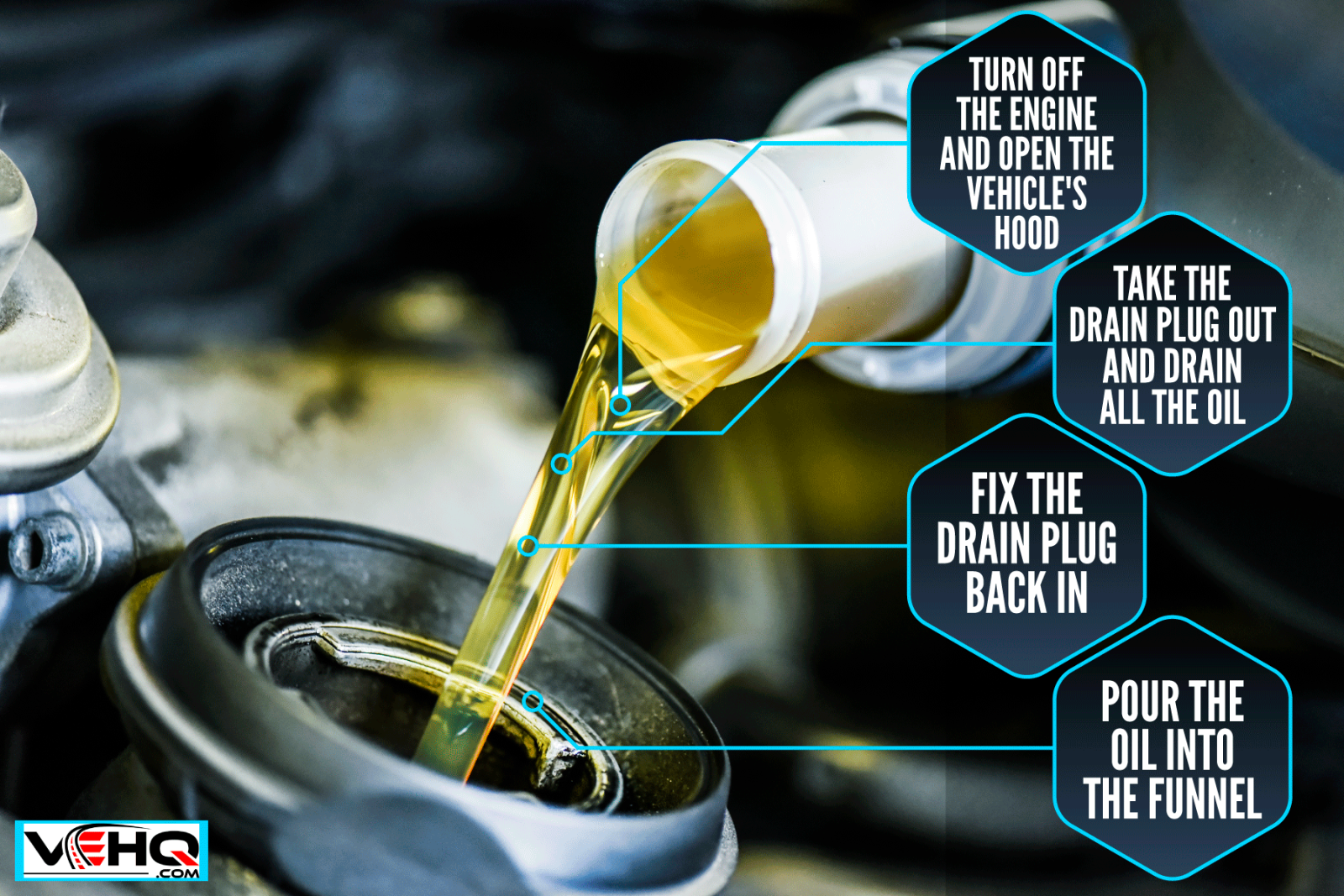
Removing Excess Oil From A Car
Generally, a four-cylinder car engine requires 4-5 liters of oil, a six-cylinder car engine needs 5.5 liters of oil while an eight-cylinder requires 4.5-7.5 liters of oil.
It is good to know the amount of oil that your engine can take before topping it. However, you can follow these steps to remove the excess oil from your car:
Step 1: Turn Off The Engine And Open The Vehicle's Hood
The first thing to do if you want to get rid of excess oil is to turn off the engine of your vehicle. Then open the hood of your car and put an oil pan under.
Step 2: Take The Drain Plug Out And Drain All The Oil
After placing a pan under, the next thing to do is to unscrew the drain plug so all the oil will enter the pan. This may take a depending on your oil's temperature and viscosity.
Step 3: Fix The Drain Plug Back In
When you are done draining all the oil in a pan, screw the plug back in, take away the engine cap with oil on it and put the funnel into it.
Step 4: Pour The Oil Into The Funnel
Make sure don't pour all the oil. Remove the funnel when the engine has enough oil. You can use a dip-stick to check. Put the engine cap back and close the hood. The excess oil should be poured back into the container for use when needed.
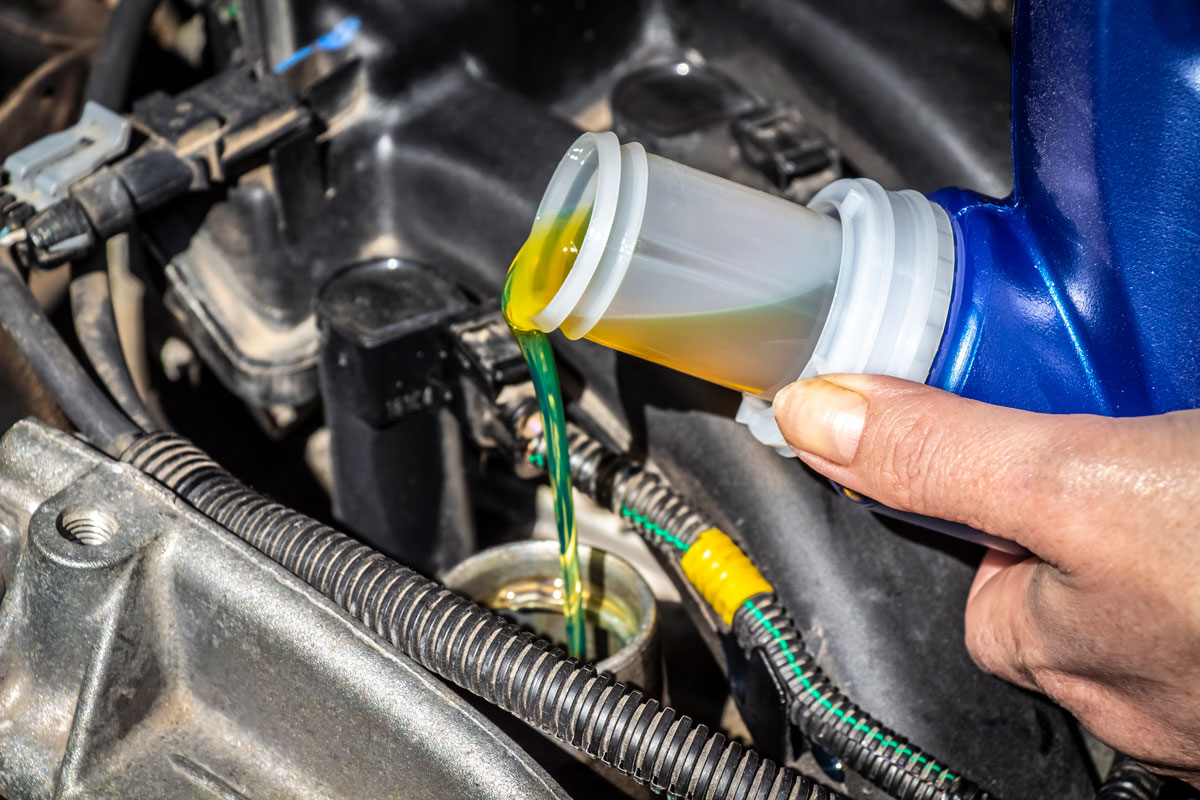
Alternative Methods Of Removing Excess Oil From Car
Removing excess oil from the engine of a car can be done using different methods. Here are other methods you can employ to remove excess oil from your vehicle:
Suction Pipe Method
This is one of the simplest methods that can be used to drain oil. For this method, all you need is a suction pipe. Feed the pipe just like when your feed gage, then try pulling the excess oil. This method is easy but it takes too much time.
Oxygen Hose Method
You can also remove excess oil from your care with an oxygen hose and a syringe. To do this you have to remove the dipstick, put it in the hose, and leave it to drain the oil.
Will A Car Burn Off Excess Oil?
If your car is functioning properly, the excess oil will not burn off. So, if you have too much oil in your engine you should drain it because it can cause damage.
The engine uses a small amount of oil and burnt hydrocarbons replace most of the oil. This hydrocarbon is brought by blowby. As a result of this, oil levels usually remain where they should be all through.
What Happens If Oil Level Is Above Max?
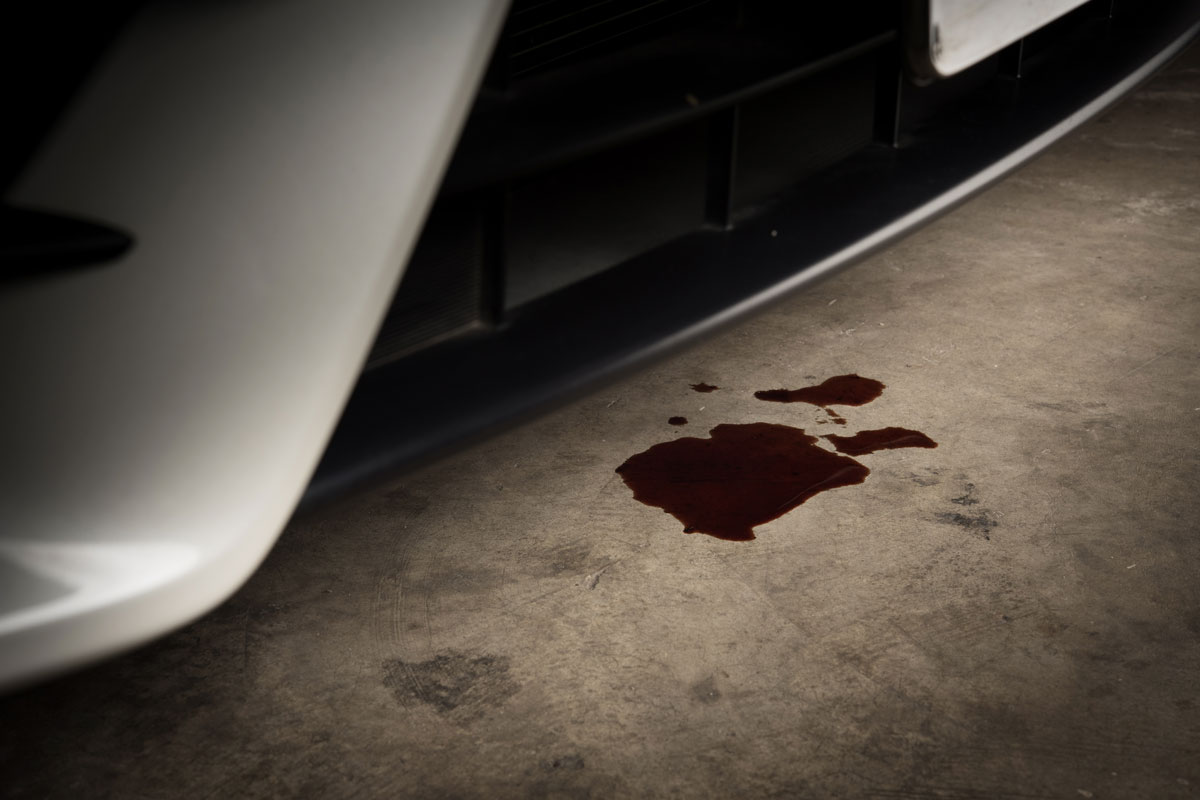
Overfilling your car with oil may cause serious damage to your engine and this is a common mistake since some find it difficult to determine the exact amount of oil to add.
When there is too much oil in the engine, the oil pan will be overfilled and this will allow the crankshaft to come in contact with the oil. This brings about a foamy substance that cannot lubricate the engine properly.
Furthermore, excess oil in the engine will only create excess pressure in the engine. This will make the oil look for an escape route through different seals and gaskets. If they fail to find a way, leakage may start, leading to an increase in the cost of repair.
Here are some effects of overfilling your car with engine oil:
Engine Damage
If the lubricant in the system is too much, it will increase the pressure on the crankshaft. Also, if engine oil is not at the correct pressure, lubricating the parts of the engine will not be done properly, thereby leading to an increase in engine wear.
Leakage
If you notice an oil pool under your vehicle, it may be a result of overfilling. Make sure to check under the car to see if the oil plug is loose because that can also be the source of the leak.
White Smoke
If you see plenty of thick and white smoke while driving, it may be a result of excess oil that is burning within the engine. Fluids are the major cause of this.
How Much Oil Overfill Is OK?
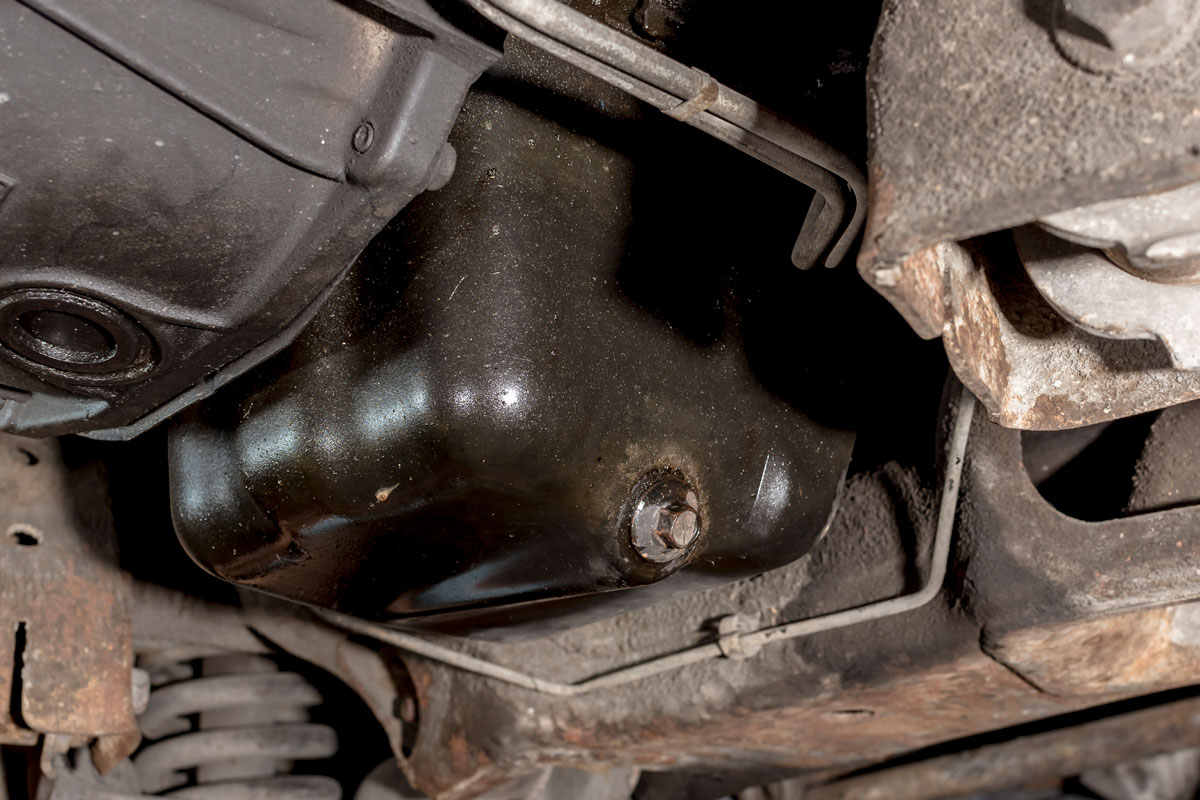
As it is essential to change the oil in order to keep your engine running smoothly for a long period of time, overfilling can cause serious problems, the same goes for underfilling.
Since it is not advisable to underfill, you may be wondering if it is okay to slightly overfill. Overfilling should be avoided because the excess oil will reduce the lubricant properties, thereby causing oil starvation and engine damage.
If the oil level is slightly above the recommended level, that should not be a problem. According to the general rule, about 20% overfill is okay but it is best to fill an engine as recommended by the manufacturer.
When the vehicle is filled with more than that, foam will be visible on the dipstick. The best thing to do here is to drain the oil and refill to the recommended level.
Can I Mix Synthetic Oil With Regular Oil?
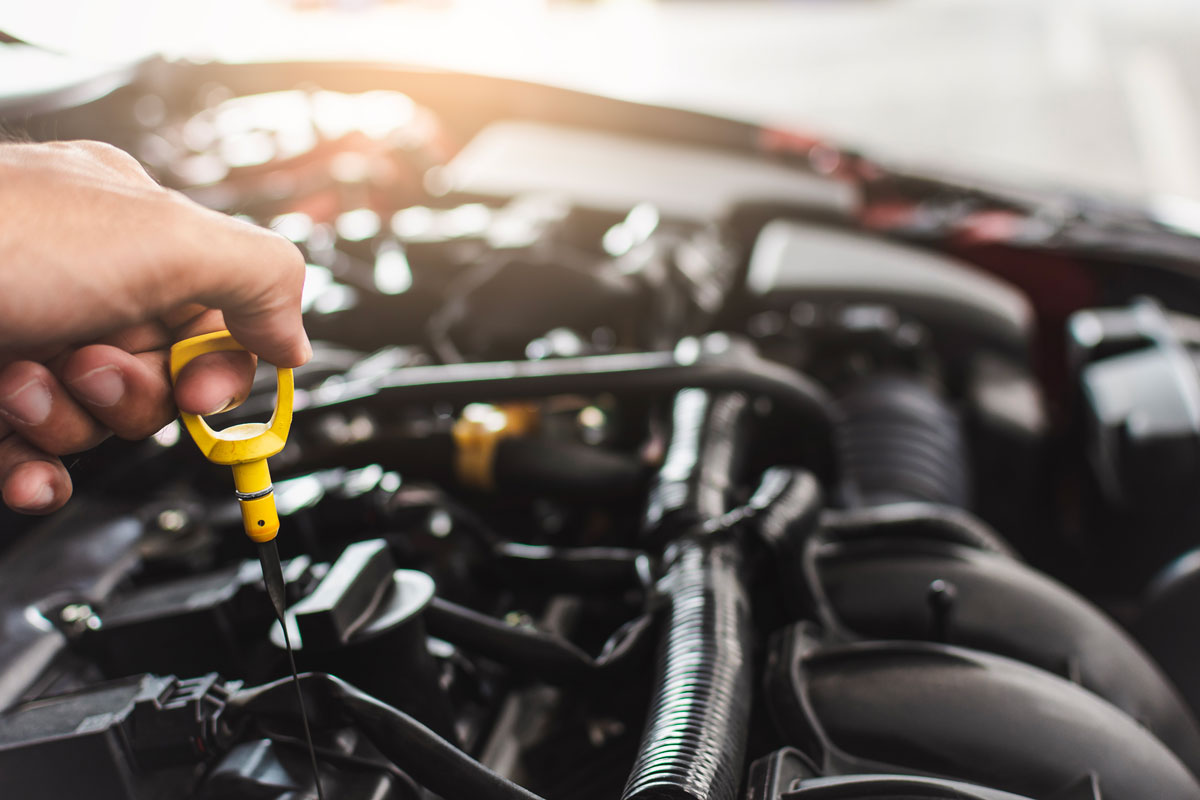
Synthetic oil can be mixed with regular oil as far as you only do it occasionally which will not damage your car.
You need to know what motor oil is meant for and why mixing is not recommended. Each oil is formulated scientifically and mixing them will not improve the performance of your engine or oil.
Mixing synthetic oil with regular oil should be seen as a short-term fix and not something to be done on regular basis. If you need to top off your vehicle and the only option is to mix regular oil with synthetic oil, it's okay.
Considering how expensive synthetic oil is compared to regular oil, mixing may be a waste of money.
What Color Should Engine Oil Be?
When it comes to taking good care of your car, regular oil check and change as recommended by the manufacturer is a must-do. This is because changing the oil regularly helps to clean the engine, prevent rust, and keep the engine functioning for a long period of time.
Typically, the color of new engine oil should be amber or almost yellow. As new oil is added, it goes through the engine block and lubricates the moving components, and also cleans the engine to prevent rust and corrosion.
Therefore, it is recommended that you check the color of your vehicle's oil as this will give you an insight into the health of your engine in order to discover potential issues such as contamination and leakages.
Checking the color of your oil does not take time but gives you an opportunity to see the oil level.
If you want to check your engine oil, all you have to do is park your car and allow the engine to settle for 10 - 15 minutes. Open the hood and find the oil dipstick. Pull it out and clean. Then put the dipstick back into the tube.
Next, wait for a moment and then pull it out again to know the level and color of the oil. Changes in the color of engine oil can be due to contaminants, additive degradation, and heat.
To Wrap Up
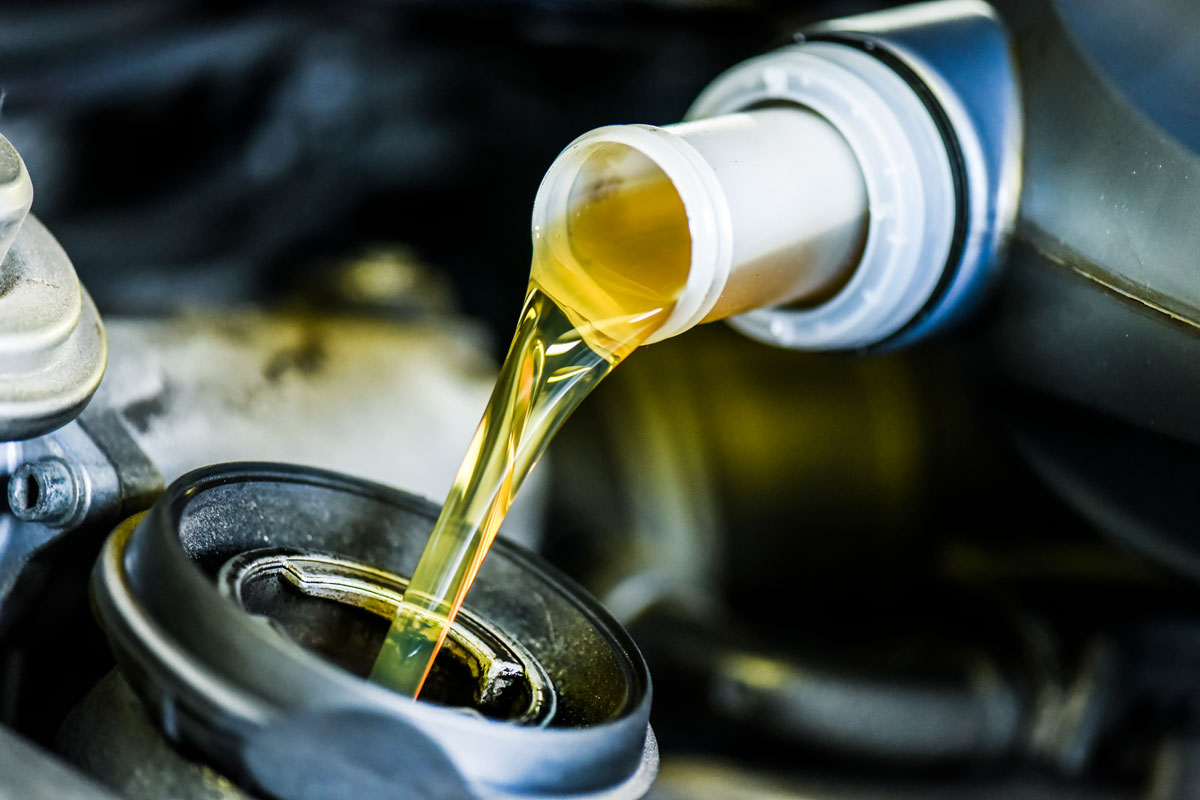
Engine oil is an important substance of a vehicle as it helps to lubricate its moving components. Keeping tabs on the oil is recommended to extend the life of the car.
Avoid underfilling or overfilling your engine with oil as this may cause serious damage to your vehicle. If you mistakenly overfill, you should drain the excess oil.
If you enjoyed reading this post, here are similar articles you may like:
Can You Pour Engine Oil Down The Drain?
